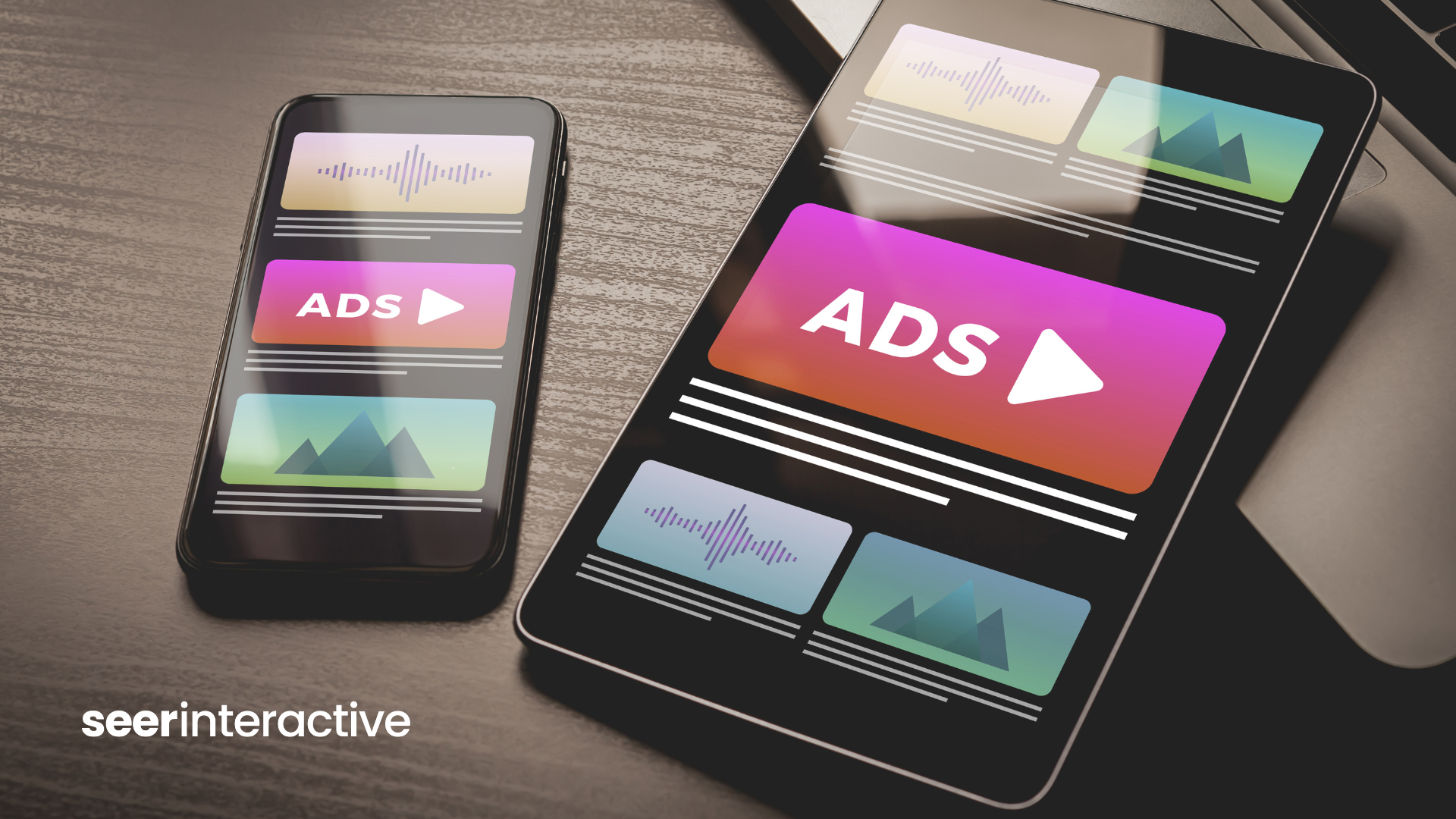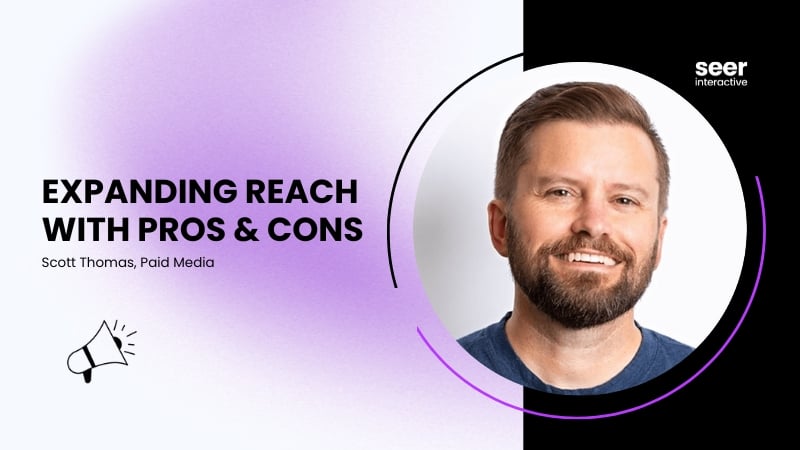Are you thinking about advertising on Facebook but hesitate because of all the recent targeting updates? Not to mention the prospecting capabilities that have been removed (i.e. job titles, companies & all third party data). Do you need a granular list guaranteed to contain highly-engaged users who are the most likely to convert? Then Facebook Custom Audiences are for you.
What are Facebook Custom Audiences?
Facebook Custom Audiences, also referred to as Custom Lists, are the holy grail for marketers focused on increasing ROI efficiency and improving overall engagement. However, a lot of marketers aren’t aware of all the options that Facebook provides. Keep reading to learn about all the options, along with specific tips for how and when to use them!
Facebook Custom Audience targeting options:
Understanding targeting options will help you set up custom audiences that align with your business goals. Facebook offers several audience targeting options.
Website audiences
- Facebook offers a pixel that can be implemented on any page of your website in order to better measure and optimize campaigns. Applying this pixel will allow you to gather insights that would otherwise be unattainable! You’re also able to create website audiences that you can use in campaign targeting:
- Target anyone who has visited your website
- Target people who have visited a specific page
- Try: Creating a website audience based on URLs that contain specific UTM parameters in order to retarget past paid media visitors
- Target people who have visited a specific web page but not another page
- Target people based on time spent on the site
- You can select specific web pages and segments by people who are in the following percentiles: Top 25%, Top 10%, or Top 5%
- Custom combination of the above
- Create rules based on certain URLs (contains, doesn’t contain, or equals) and combine with another website audience
- Tip #1: If you have a web page that contains product/service information along with an RMI form, creating a website audience can give you a guaranteed list for users who have browsed the product or service page, but haven’t yet submitted more information.
- Try: Creating a Facebook audience for users who have visited the product specific page, but not users who have reached the “Thank You” page.
- Tip #2: You can also exclude a certain website audience.
- Try: If you’re promoting a specific piece of content, product, or blog and you want net-new visitors, make sure to exclude people who have already been visitors to that specific web page.
Email/User ID/Phone Number Custom List
- This is the most customized type of list you can use on Facebook. Upload user emails, user IDs, and phone numbers that you have obtained through other marketing efforts, and re-target them in a new campaign.
- Tip: Utilize this list for ROI-focused campaigns, as you are targeting users who are already lower in the funnel.
Lookalike Audience
- If you have a larger budget and want to broaden your audience targeting while still focusing on reaching known users, then a lookalike audience is right for you!
- Facebook allows you to create a “lookalike” audience based off your custom list. This entails creating a new audience of users that are similar to the list you uploaded. Facebook allows you to create a list anywhere from 1% to 20% similarity to the original list.
- Tip: Start out testing a 1% list, as this will keep the lookalike audience as similar to your original list as possible. As you start collecting data and analyzing the results, and if budget allows, continue increasing the percentage for your lists until you find a sweet spot.
- Tip #2: Try running a test between an original custom list vs. a lookalike audience. Allocate a 50/50 budget and analyze the difference between CTR, conversions, and CPA (depending on your goals). You’ll then be able to use these insights for future campaigns and know which type of audience works better for your initiatives.
Lead gen ad engagement
- Lead gen engagement audience lists allow you to target people who have opened or completed a form in one of your past lead gen campaigns. You can only use this type of audience list if you have run a lead gen campaign in the past. Facebook allows for three list options here:
- Target anyone who opened a specific form
- Target people who opened the form but didn’t submit
- Target people who opened and submitted the form
- Tip: Launch a lead gen campaign with copy and materials speaking to mid-funnel customers (webinar, e-book download, newsletter download), and then launch a retargeting campaign for people who submitted a form and focus the campaign efforts on lower funnel materials (event signup, product/service buy, free trial).
Video engagement
- Have you ever posted a video to your company’s Facebook page and wished you could reach users who have either interacted or watched part of the video? You can! Facebook allows you to create a custom list of users who have engaged in some manner with your video. See the options here:
- People who have viewed:
- At least 3 seconds of your video
- At least 10 seconds of your video
- At least 25% of your video
- At least 50% of your video
- At least 75% of your video
- At least 95% of your video
- Tip: Using this type or targeting can be beneficial if your video is general awareness or higher-funnel focused.
- Try: Creating a campaign targeting people who have engaged with your video, and promote a middle funnel content offering. For example, educational content or a webinar. This will help begin the journey for users who are the top of the funnel to shift to middle!
- People who have viewed:
But Sarah, What About Facebook’s Regulations?
Great point. It’s important to note that Facebook’s targeting regulations are ever-changing, and there have been many updates stemming from the recent Cambridge Analytica user information breach as well as the new GDPR law. All targeting methods that were based on third-party data are no longer applicable. Additionally, if you do plan on using the custom audience methods listed above, please be aware you must only be using consumer data if that user has consented or “opted in” to their information to be stored and used. Facebook states, “Advertisers must ensure that proper consent has been obtained for the use of the data. We will allow advertisers to use third-party data to create audiences on Facebook; however, we will require all advertisers to represent and warrant that proper consent has been obtained for the use of any data uploaded to create a Custom Audience.”
In regards to GDPR and understanding how your data is obtained and used, check out our guide to GDPR that helps breakdown and simplify the new regulation.


